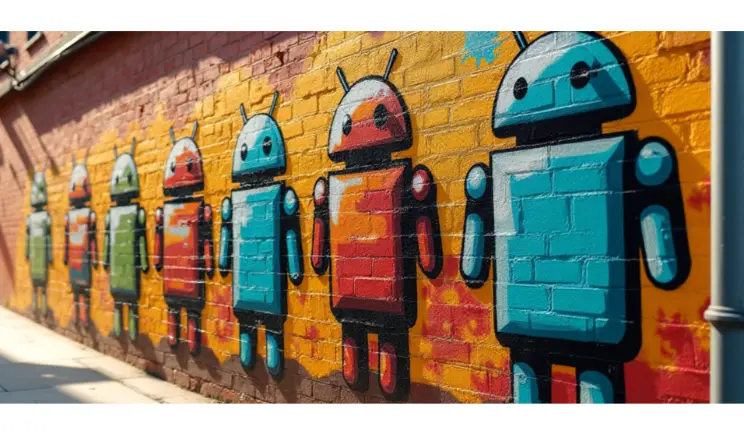Android’s everywhere these days, isn’t it? You’ve got it on phones, tablets, even those tiny smartwatches people wear. But it wasn’t always this big deal. The way Android grew from a small project to something we all use is a pretty cool story. Every version added a little something—sometimes a big something—that made our gadgets better. Let’s take it easy and walk through how Android versions evolved over time, step by step.
Table of Contents
The Very Beginning: Android 1.0 (2008)
Back in September 2008, Android 1.0 showed up. No fancy name or anything—just a number to kick things off. It debuted on the HTC Dream, the first phone to run Android. Honestly, it was pretty basic. You had a home screen, a notifications bar at the top, and some Google apps like Gmail and Maps. The Android Market was there too, though it was more like a rough sketch of today’s Play Store. Stuff we expect now—like an on-screen keyboard or video recording—wasn’t around yet. Still, it got the ball rolling.
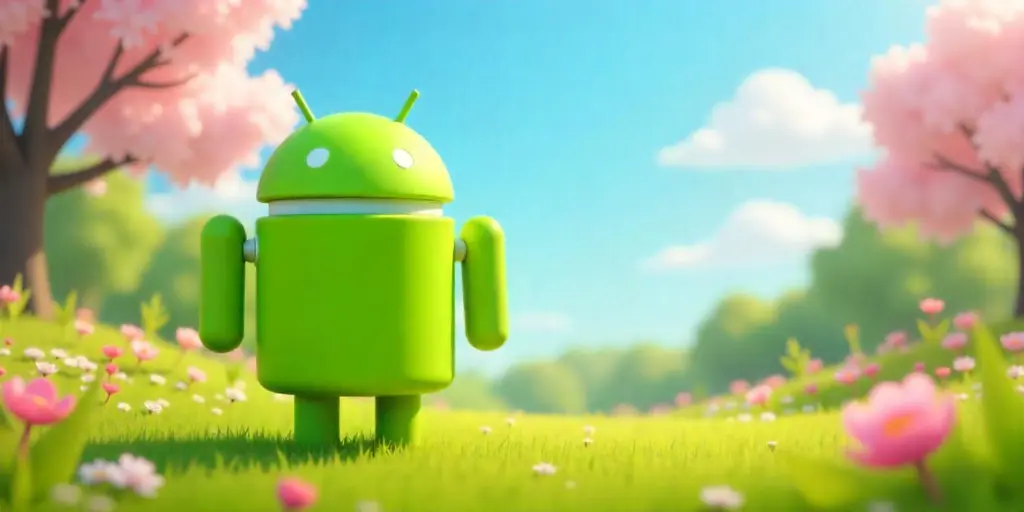
Android 1.5 Cupcake: A Tasty Upgrade
Come April 2009, Android 1.5 rolled out, and they called it “Cupcake.” That’s when Google started naming versions after desserts, going A to Z. It wasn’t just a fun name—Cupcake brought some real goodies. You finally got an on-screen keyboard, so no more clunky physical buttons for typing. Video recording showed up too, and you could add widgets to your home screen. One neat trick? Uploading videos straight to YouTube from your phone. For 2009, that was huge. Things felt faster and smoother too.
Android 2.0 Eclair: Sprucing Things Up
By October 2009, Android 2.0 “Eclair” came along. This one added a bit of flair with live wallpapers—those moving backgrounds that made your phone pop. Google Maps got a navigation upgrade, and multi-touch let you zoom in and out with a pinch. The camera picked up flash and digital zoom, which was a nice touch for photos. Typing got better with a keyboard that guessed words smarter. Eclair made it feel like Android was ready to hang with the big dogs.
Android 2.2 Froyo: Picking Up the Pace
May 2010 gave us Android 2.2 “Froyo”—short for Frozen Yogurt. This one was all about speed. They tweaked how the system ran apps, so phones felt quicker, even the older ones. You could turn your phone into a Wi-Fi hotspot too, which blew people’s minds back then. The Android Market started handling updates better, making life easier. Froyo was a favorite because it breathed new life into devices without needing fancy specs.
Android 3.0 Honeycomb: Big Screens, Big Dreams
Fast forward to February 2011, and Android 3.0 “Honeycomb” hit the scene. This was built for tablets, not phones. It had a cool, futuristic look—like something out of a sci-fi movie—with a holographic design. The keyboard got a redo, multitasking was smoother, and a system bar made moving around simple. It didn’t catch on much for phones, but Honeycomb showed Android could stretch to bigger screens. It was a stepping stone for tablets down the line.
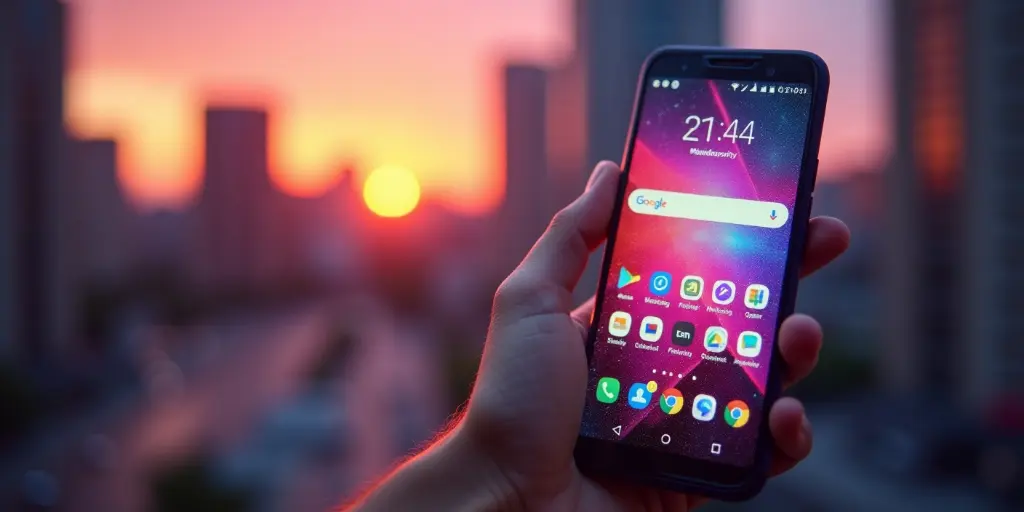
Android 4.0 Ice Cream Sandwich: Pulling It Together
October 2011 brought Android 4.0 “Ice Cream Sandwich,” or ICS for short. This version mixed the tablet stuff from Honeycomb with phone features into one package. It had a fresh, blue-toned style, widgets you could resize, and a face unlock option that used your camera. Taking screenshots? Built right in—no hacks needed. Switching between apps got easier too. ICS wanted Android to feel the same, whether you were on a phone or tablet.
Android 4.1 Jelly Bean: Smooth as Can Be
July 2012 rolled around, and Android 4.1 “Jelly Bean” showed up. They focused on making everything buttery smooth—seriously, they called it “Project Butter.” Swiping and tapping felt instant, no delays. Google Now popped in as a little helper, giving you weather updates or nudging you about appointments. Notifications got clever—you could tap them to see more without opening the app. Later updates like 4.2 and 4.3 tossed in lock screen widgets and better accessibility. People loved how easy it felt.
Android 4.4 KitKat: For Everyone Out There
October 2013 brought Android 4.4 “KitKat.” This one was cool because it ran on cheaper phones with less power, cutting down on memory use. That meant more folks worldwide could get in on Android. You could say “OK Google” to search without lifting a finger, and the status bar turned white for a clean vibe. Immersive mode hid controls for full-screen apps too. KitKat proved Android could keep it simple and still deliver.
Android 5.0 Lollipop: A Whole New Look
November 2014 hit, and Android 5.0 “Lollipop” changed the game. They rolled out Material Design—bright colors, layers, and animations that made everything fun to look at. Notifications started showing up on the lock screen, which was a time-saver. Battery saver mode kept your phone going longer, and you could set up multiple users on phones, not just tablets. Lollipop gave Android a modern, playful feel that stuck around.
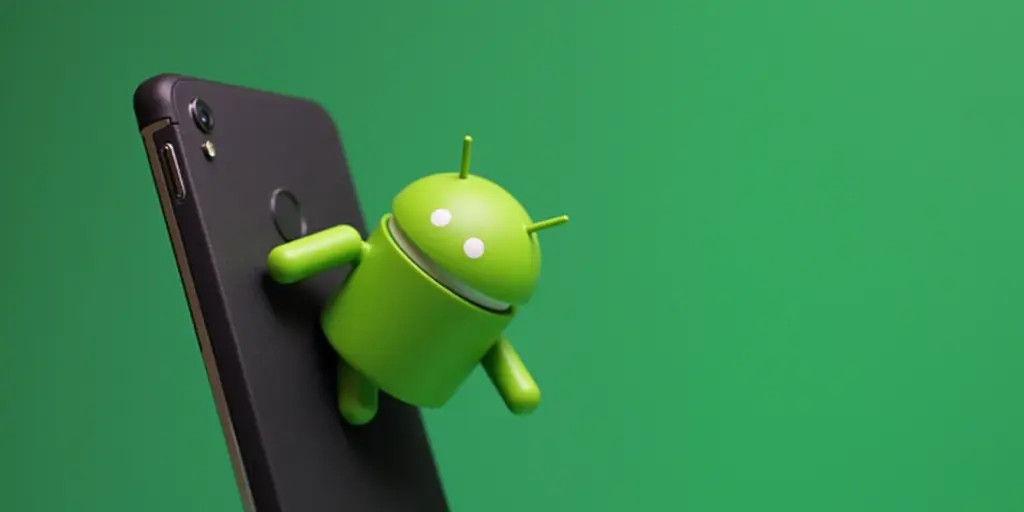
Android 6.0 Marshmallow: Taking the Wheel
October 2015 introduced Android 6.0 “Marshmallow.” This one handed you more control. App permissions let you pick what apps could use—like your camera or location—and say no to the rest. Doze Mode kicked in when your phone was chilling, saving battery without you noticing. Google Now on Tap scanned your screen for quick info, which was pretty handy. Marshmallow kept it low-key but made daily use better.
Android 7.0 Nougat: Two at a Time
August 2016 brought Android 7.0 “Nougat.” Multitasking got a boost with split-screen mode—two apps side by side, no sweat. Notifications let you reply right from the dropdown, skipping the app entirely. Night Mode cut down blue light for easier nights, and Doze worked even when you were moving. Nougat took what was good and added some clever twists.
Android 8.0 Oreo: Little Fixes, Big Wins
Android 8.0 “Oreo” landed in August 2017. Picture-in-picture let videos play in a small window while you did other stuff. Autofill remembered passwords across apps, and notification dots flagged what needed a peek. Boot times got quicker, and security locked down tighter. Oreo didn’t overhaul everything, but it polished the edges nicely.
Android 9 Pie: Smarter Moves
August 2018 gave us Android 9 “Pie.” It added some brainy stuff—Adaptive Battery figured out your app habits to save power, and Adaptive Brightness tweaked itself to match you. Gesture navigation swapped buttons for swipes on some phones. Digital Wellbeing tracked screen time to keep you in check. Pie kept things sharp and simple.
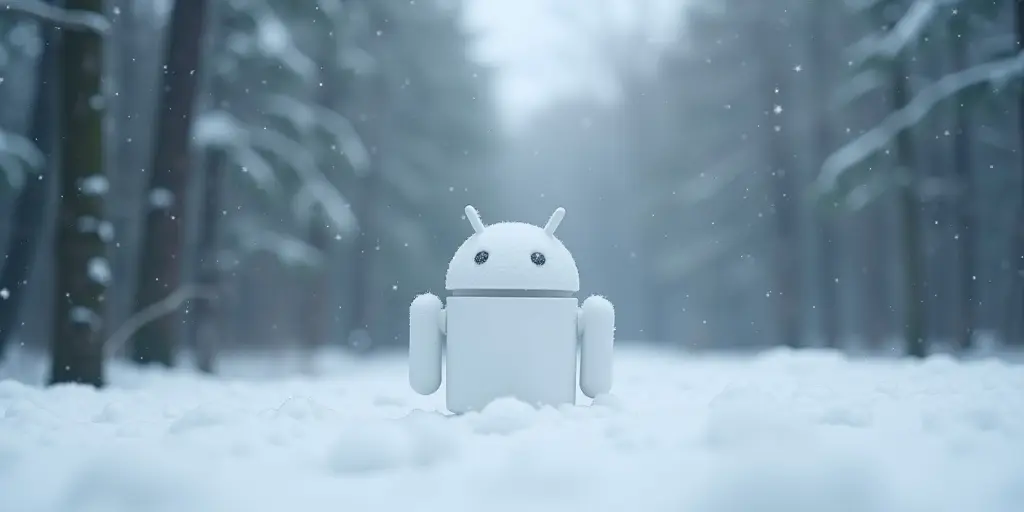
Android 10 and Onward: Just Numbers Now
September 2019 marked Android 10, and Google ditched dessert names for plain numbers. Dark mode showed up, privacy settings got tighter, and Focus Mode muted distractions. Later versions—11, 12, 13, 14—kept it going with chat bubbles, one-time permissions, and smoother animations. Each one builds on what came before, keeping Android lively.
Why It’s a Big Deal
Android’s climb from a bare-bones system to a global giant shows how it bends to fit us. Every version brought stuff we rely on—like multitasking, battery tricks, or just moving around easier. For apps like VidMate that grab videos fast, newer Android versions mean everything runs better. It’s not just tech—it’s about making phones work for everyone, no matter who you are.
What’s Coming Next?
Android’s not done yet. Future updates might lean into AI, foldable screens, or greener ideas. Since it’s on so many devices, what it does next matters to how we use tech every day. The coolest part? It keeps growing without losing that open, easy-going spirit.

